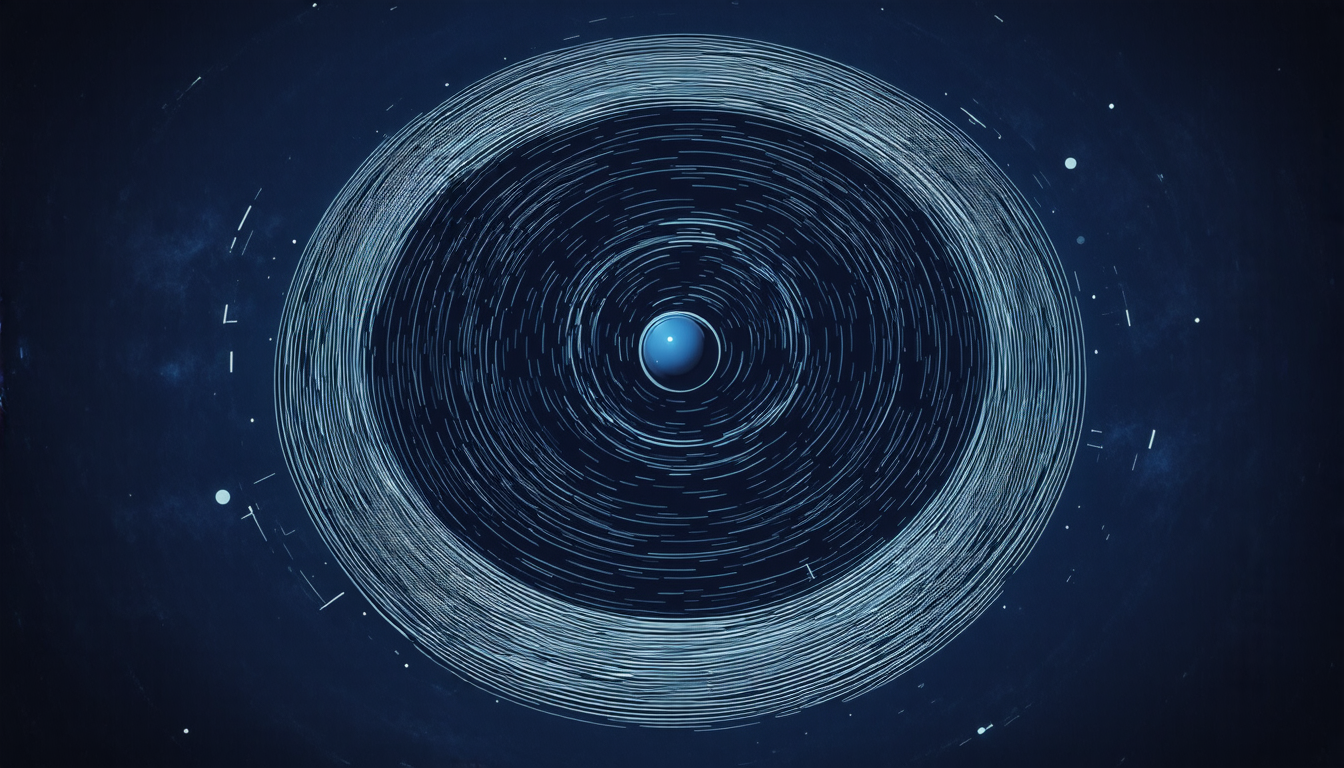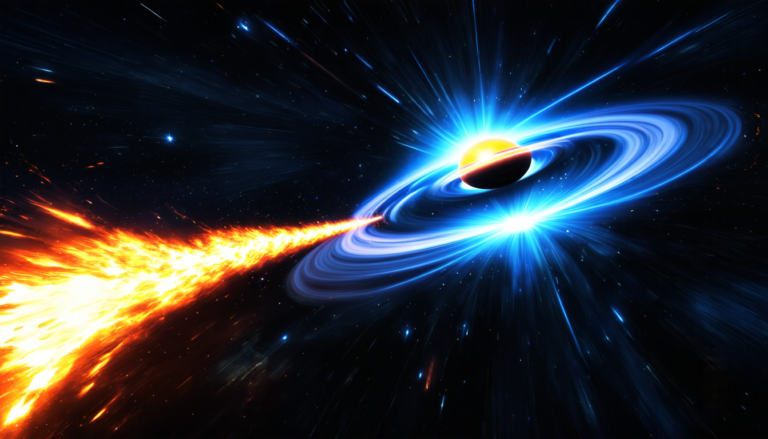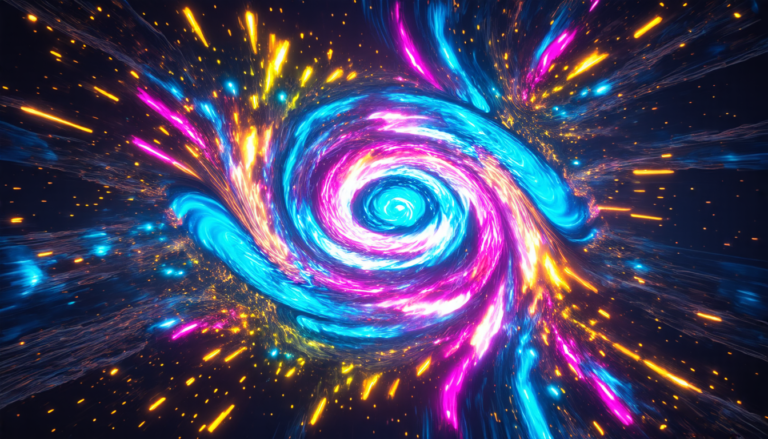Saturday 05 April 2025
Scientists have made a significant breakthrough in optimizing the beam injection and storage process for the muon electric dipole moment (EDM) experiment at the Paul Scherrer Institute (PSI). The EDM experiment aims to measure the tiny difference between the magnetic field of an antimuon and a regular muon, which could reveal new insights into the fundamental laws of physics.
To achieve this goal, researchers need to precisely control the beam injection process, which involves injecting muons into a storage ring and trapping them using a combination of electric and magnetic fields. However, this process is notoriously challenging due to the high energy and precise timing required.
Enter Bayesian optimization, a powerful technique that uses machine learning algorithms to identify the optimal settings for complex systems. By analyzing data from simulations and real-world experiments, scientists can pinpoint the most effective combinations of parameters to achieve the desired outcome.
In this study, researchers used Bayesian optimization to improve the beam injection and storage process at PSI’s muon EDM experiment. They simulated various scenarios, adjusting parameters such as the strength of the pulsed kicker field, the timing of the kicker activation, and the energy of the injected muons. The algorithm then analyzed these simulations, identifying the most promising settings that would maximize the efficiency of the beam injection and storage process.
The results were impressive: Bayesian optimization improved the storage efficiency by nearly 75%, compared to traditional methods. This significant increase in efficiency will allow scientists to collect more data and make more precise measurements, ultimately leading to a better understanding of the fundamental laws of physics.
But what does this mean for us? Well, the muon EDM experiment has far-reaching implications for our understanding of the universe. By studying the properties of antimuons, scientists can gain insights into the nature of matter-antimatter asymmetry and the origins of the universe itself.
Moreover, the Bayesian optimization technique used in this study is not limited to particle physics experiments. Its applications are vast and varied, from optimizing complex systems in engineering and finance to improving medical treatments and environmental monitoring.
In short, this breakthrough represents a significant step forward in our quest for knowledge and understanding. By harnessing the power of machine learning algorithms, scientists can tackle some of the most challenging problems in physics and beyond, opening up new avenues for exploration and discovery.
Cite this article: “Revolutionizing Muon Detection with Bayesian Optimization”, The Science Archive, 2025.
Particle Physics, Muon Electric Dipole Moment, Bayesian Optimization, Paul Scherrer Institute, Machine Learning Algorithms, Particle Acceleration, Storage Ring, Electric And Magnetic Fields, Matter-Antimatter Asymmetry, Origins Of The Universe







